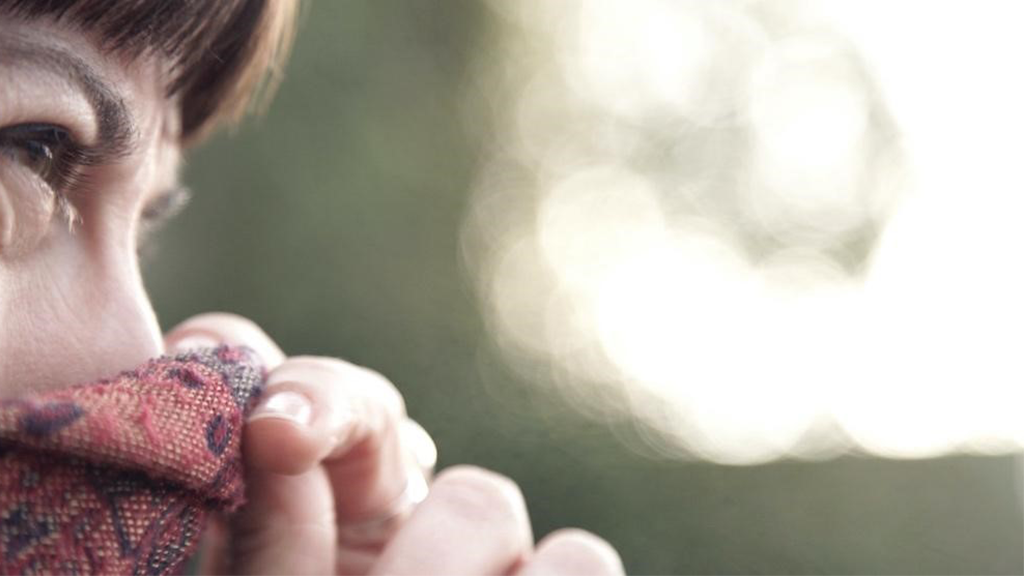All citizens can suffer from odour pollution, regardless of whether one lives in a big city or in a village. In fact, according to ADEME (the Agency for Ecological Transition) in France odours are the second cause of environmental complaint after noise across Europe.
In order to explain why it is important to measure odour pollution and how citizen science can be an ally to tackle it, last September 30th took place the webinar ‘Tackle odour pollution with OdourCollect’. During the event two members of the Science for Change team: Silvina Frucella, business manager, and Nora Salas, COO & Social Researcher, also co-leaders of co-design at the Cos4Cloud project, exposed the key points regarding this kind of pollution and how citizen science can help to tackle it.

Citizen science to measure odour pollution
The little we talk about how odours can affect the quality of our life by causing us: nuisance, headache, stress, lack of concentration, breathing problems, among others. In order to make this issue visible and involve the government to work on measures to solve it, it is really important to gather data in order to expose the problem and understand the source of bad smells: car pollution, the sewage system, waste bins, landfills, livestocks, etc. Although there are traditional techniques to measure odour pollution, they are generally expensive, as they need to invest money either in high-quality sensors or people who measure it and this is not very efficient, especially in poor countries with few resources. With this in mind, the D-NOSES project was created to change this paradigm and started using citizen science to tackle this problem. In the framework of the European project D-NOSES, Rosa Arias, CEO & Founder of Science for Change, created the OdourCollect App.
‘We thought that the best sensors to measure odour pollution are citizens’ noses’, states Silvina Frucella.

Smell and share
OdourCollect is a citizen observatory that gathers smells all over the world. Participating in it is effortless, you just have to download its free mobile app (Apple Store, Android) or a web-app. Once you have it, when smelling an unpleasant odour you can report it and include its duration, intensity and also its hedonic tone (nice or foul). Furthermore, the data is open, so anyone can see all the observations reported in the ‘odour map’. Building this collaborative map is a way to make the problem visible, be aware of it and demand a solution from the authorities. ‘To participate there is no other requirement other than a nose!’, comments Silvina Frucella.
Pilot cases: real citizen science stories
In the framework of the D-NOSES project, 10 case studies in 10 European and non-European countries are being implemented for validating methodologies and producing DIY guidelines for measuring odour pollution, engage stakeholders and co-create solutions with the affected communities.
‘Although this does not mean that only the pilot cases can participate, every country and citizen can download the app and report odours’, clarifies Nora Salas Seoane.
During the webinar, they explained two of the pilot cases: one in Barcelona (Spain) and the other one in Kampala (Uganda).
On the one hand, in the Forum Area of Barcelona, there are several emitting activities, waste and wastewater treatment plants, etc. Historically, there have been complaints from the neighbourhoods suffering from the nuisance perceived. Since D-NOSES started to engage the communities living in the area, they have received more than 600 observations and more than 100 neighbours have been involved. The good news is that the Metropolitan Area of Barcelona has confirmed a budget of 7.4 million euros to mitigate the problem that the wastewater treatment plant is bringing to the neighbour.
On the other hand, in Uganda, the D-NOSES project, together with Mapping for Communities and the Metropolitan Area of Barcelona (International Cooperation) are working on a pilot in Kampala, where the generated waste is not managed properly, only 40% is collected, amongst other issues. Within this context, the team is developing a co-design strategy to increase awareness of odour pollution and improve its monitoring, involving school children and women in the markets. To do so, they are working on a school program to train teachers to explain to the students how to report odour data.
‘We believe that citizen science is a way to make science with people, be aware of the environmental problems and claim for a healthy place to live’, finalizes Silvinan Frucella.
The webinar was organized by the European Horizon 2020 Cos4Cloud project, the company Science for Change, the citizen observatory OdourCollect and the D-Noses project.
You can download the presentation by clicking here and/or watch the full video on Cos4Cloud Youtube’s channel!
More resources: Odour observatory, Affected Communities Map, Odour Regulations Map and MOOC on Odour pollution for the public. ADEME full reference: ADEME, 2005. Pollutions olfactives: origine, legislation, analyse, treatment, Dunod, Paris, XII-388p.

















